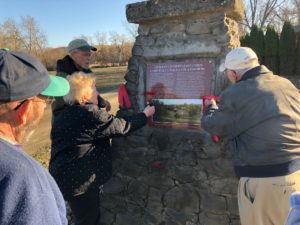Welcome to the CCC Camp Walla Walla History Website
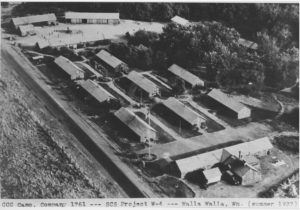 From 1935-1939, Camp Walla Walla housed over two hundred civilian workers from several regions of the country on twelve acres along Mill Creek Road.
From 1935-1939, Camp Walla Walla housed over two hundred civilian workers from several regions of the country on twelve acres along Mill Creek Road.
C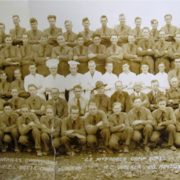 CC camps were run by the U.S. Department of Agriculture’s Soil Conservation Service to help safeguard against the destruction of one of our greatest national assets—the soil. Participants were recruited from relief rolls around the country during the Great Depression. They assisted with a variety of community projects, including construction of public facilities, erosion control, and other needed work.
CC camps were run by the U.S. Department of Agriculture’s Soil Conservation Service to help safeguard against the destruction of one of our greatest national assets—the soil. Participants were recruited from relief rolls around the country during the Great Depression. They assisted with a variety of community projects, including construction of public facilities, erosion control, and other needed work.
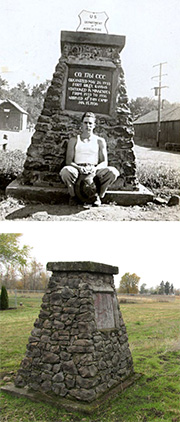 More than twenty buildings were erected here, including eight barracks, a large mess hall, an administration building, an officers’ quarters, a library and class room building, an infirmary, shower rooms, and numerous shops and garages, as well as a baseball diamond.
More than twenty buildings were erected here, including eight barracks, a large mess hall, an administration building, an officers’ quarters, a library and class room building, an infirmary, shower rooms, and numerous shops and garages, as well as a baseball diamond.
Erosion control work was performed by members of the Conservation Corps on over thirty-two thousand acres in seventy-three farms centering on the Mill Creek watershed. Approximately sixty thousand trees and shrubs were planted as wind breaks, wildlife food and cover, farm woodlots, and for gully bank protection.
Over two thousand temporary check dams and over two hundred permanent gully dams were built. Other land improvement methods promoted included contour farming, strip cropping, retention of stubble fallow, and rotation grass and legume planting.
After the camp’s closure in 1939, local farmers received continuing erosion control assistance from the Dayton CCC camp.
Well-known Walla Walla physician Bob Jamison was part of the Conservation Corps at Camp Walla Walla, and is pictured in the group photo with other Corps members. Jamison is second from the left among those in cooks’ uniforms, and provided some of the photos shown on this page.
At the entrance to Camp Walla Walla were two stone pillars over which an arch was added bearing the camp’s name. Each pillar had a brass plaque with information about the camp. The only part of the camp still standing now are the stone pillars.
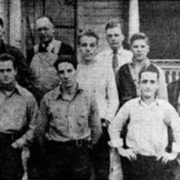 Camp Walla Walla’s buildings were owned by the Army. When the camp was closed in 1939, they were transferred to the National Youth Administration. Most of the buildings were then taken to the Stubblefield Home, a former orphanage which had become the site of an agricultural project of the NYA on forty acres of farmland surrounding the Home along Fern Avenue to the west of Home Avenue. The camp’s officers’ quarters were given to the Boy Scouts for an overnight hike rendezvous.
Camp Walla Walla’s buildings were owned by the Army. When the camp was closed in 1939, they were transferred to the National Youth Administration. Most of the buildings were then taken to the Stubblefield Home, a former orphanage which had become the site of an agricultural project of the NYA on forty acres of farmland surrounding the Home along Fern Avenue to the west of Home Avenue. The camp’s officers’ quarters were given to the Boy Scouts for an overnight hike rendezvous.
Thanks to the Civilian Conservation Corps Collection, Whitman College and Northwest Archives, and to Bygone Walla Walla for images used on this page.
Historic Sites & Markers Project
Information on the Walla Walla 2020 Historic Research & Plaque Project is available here or by calling 509-522-0399.

